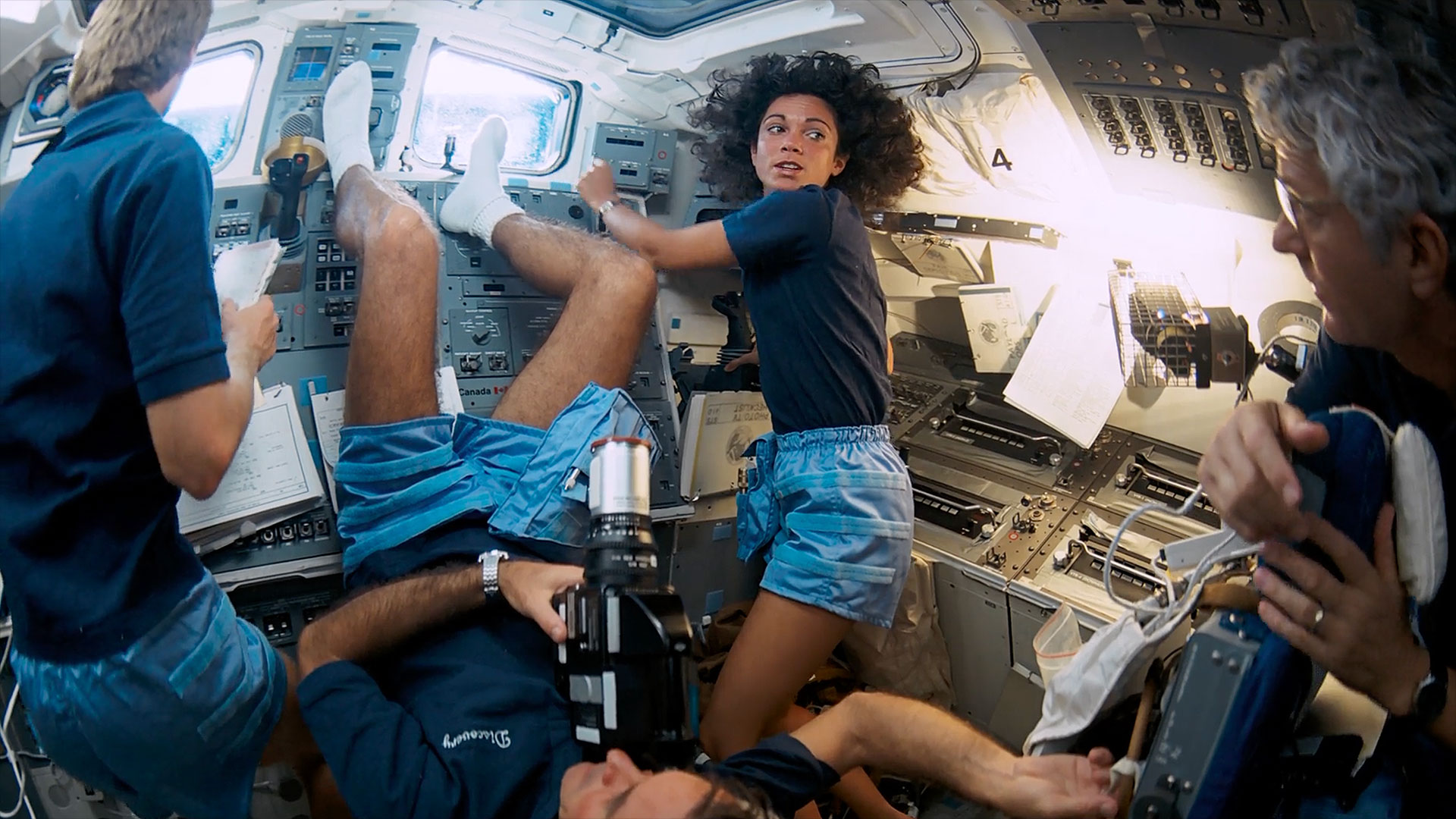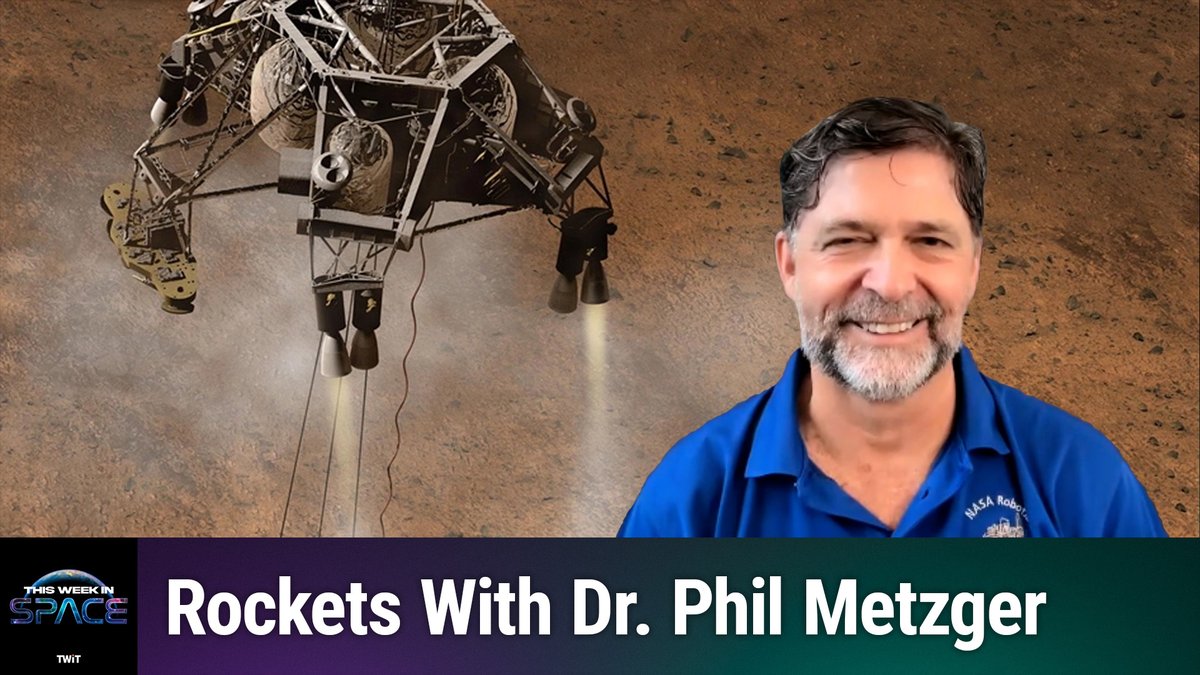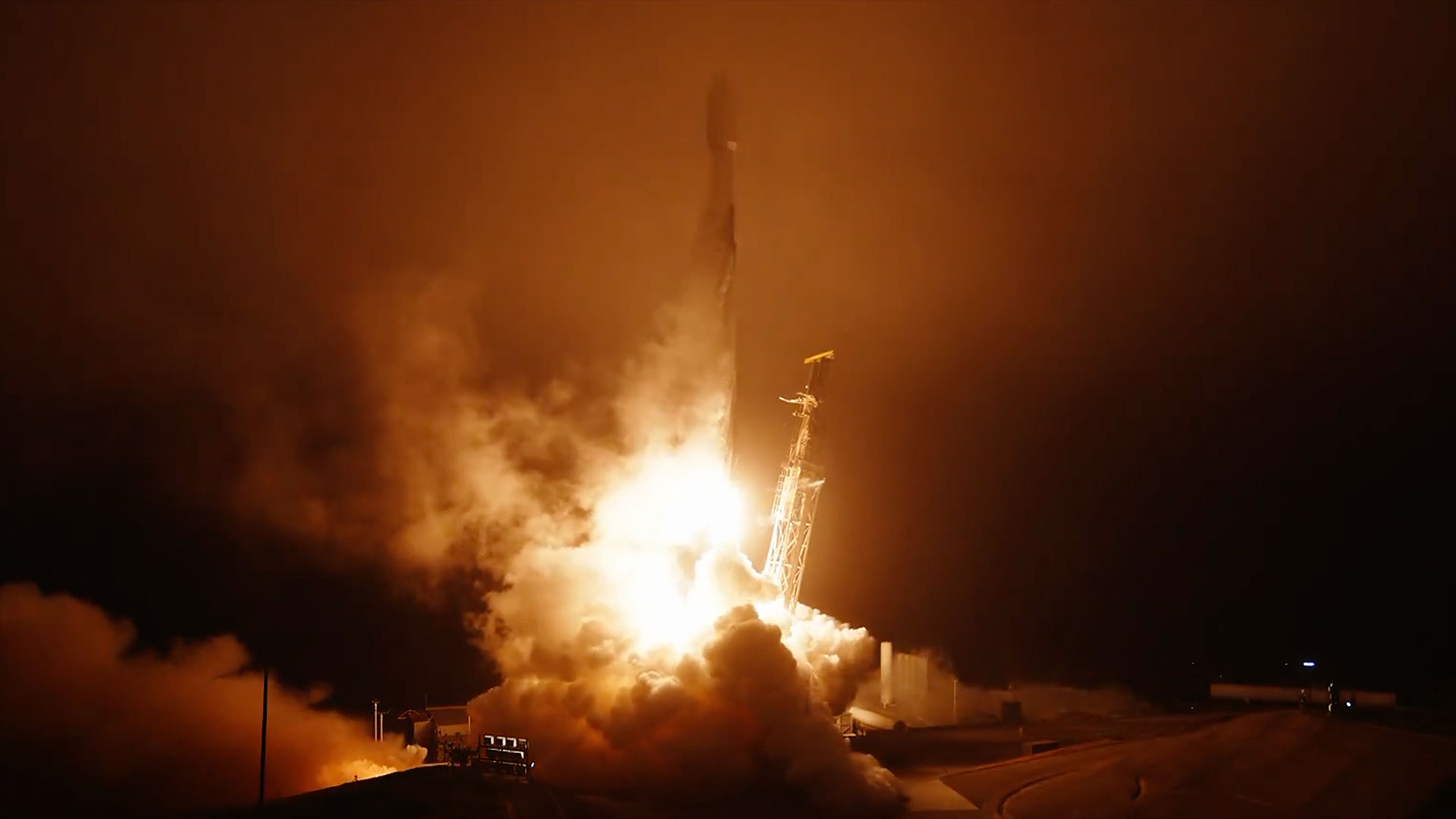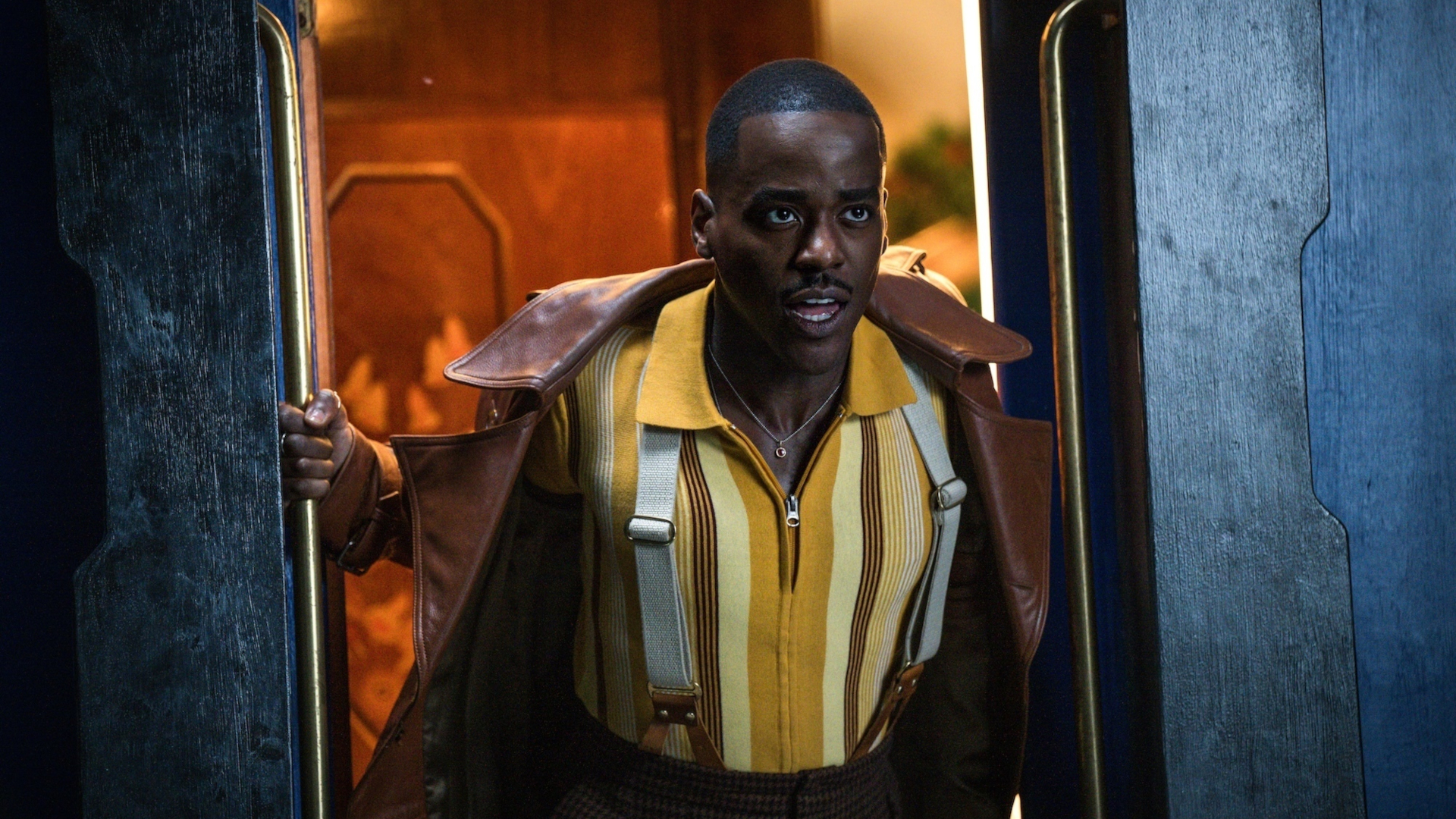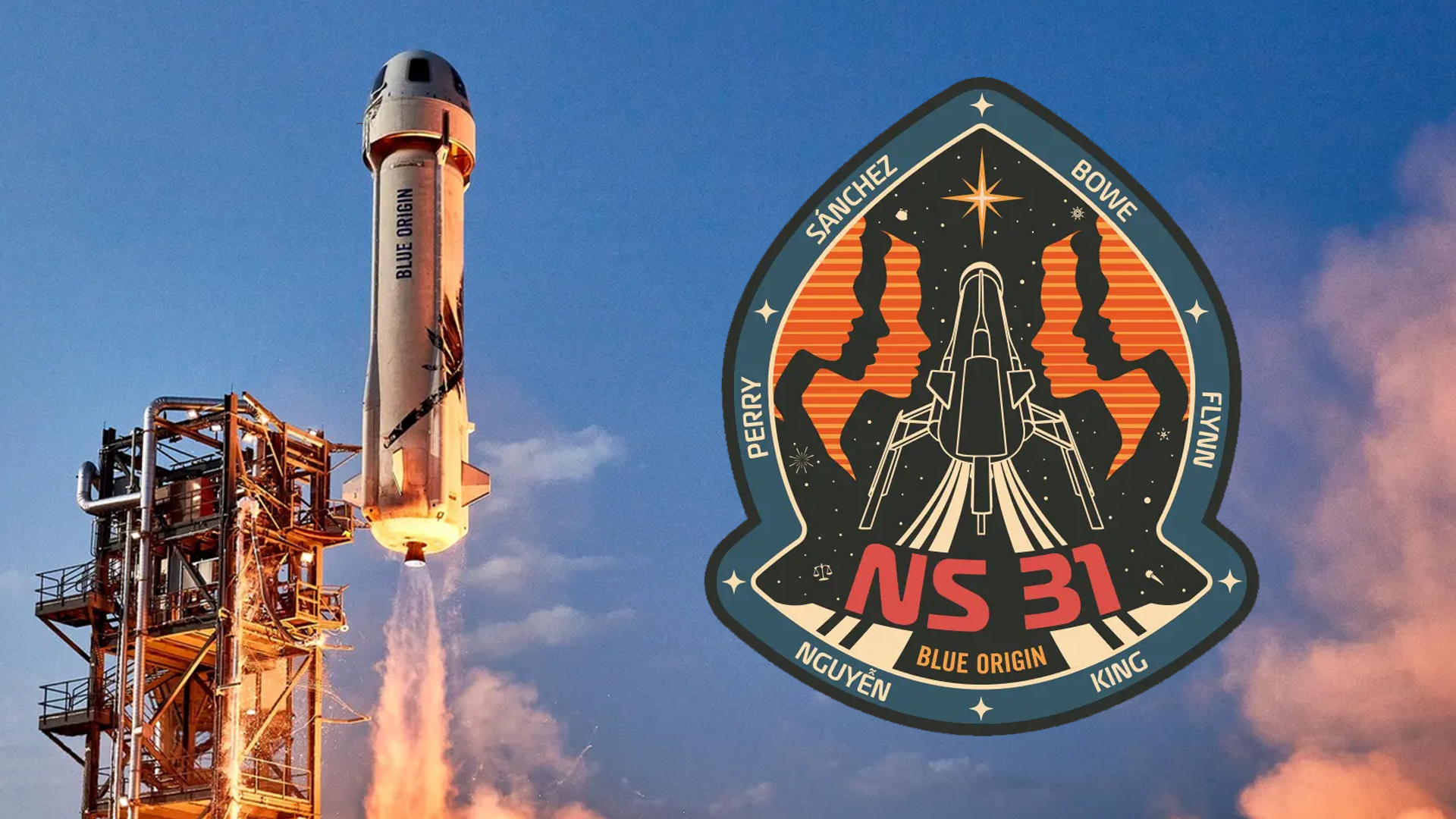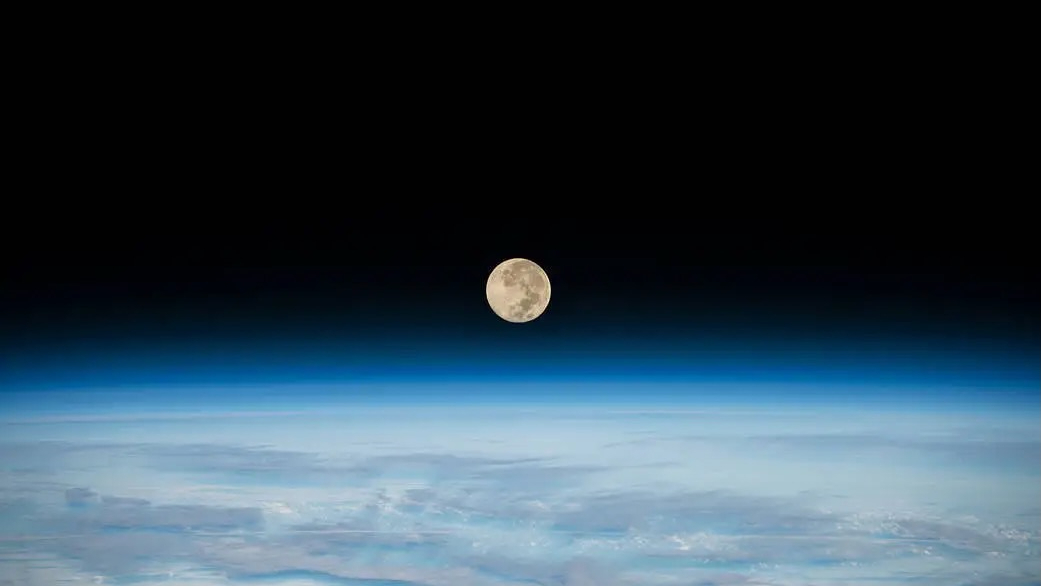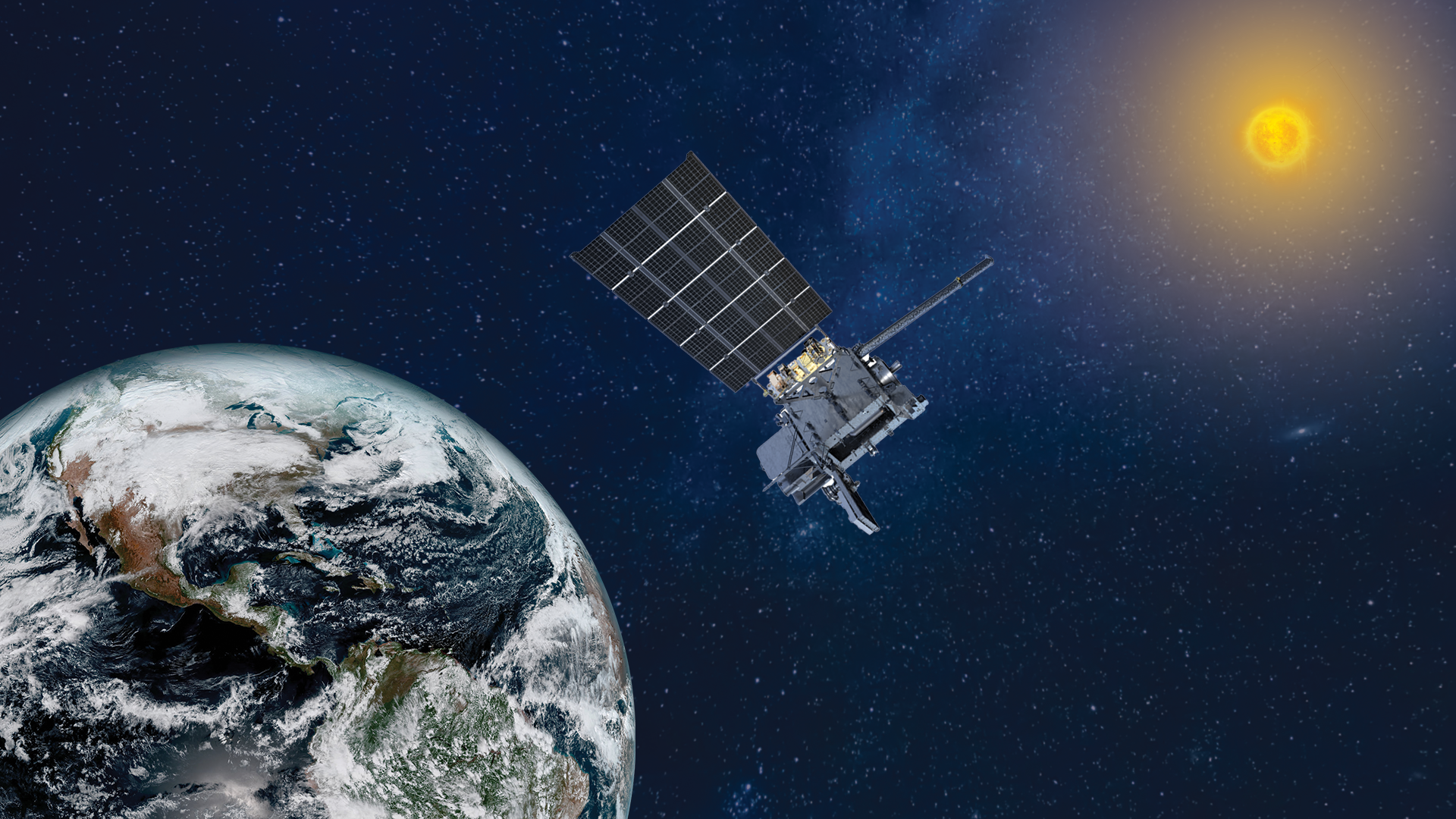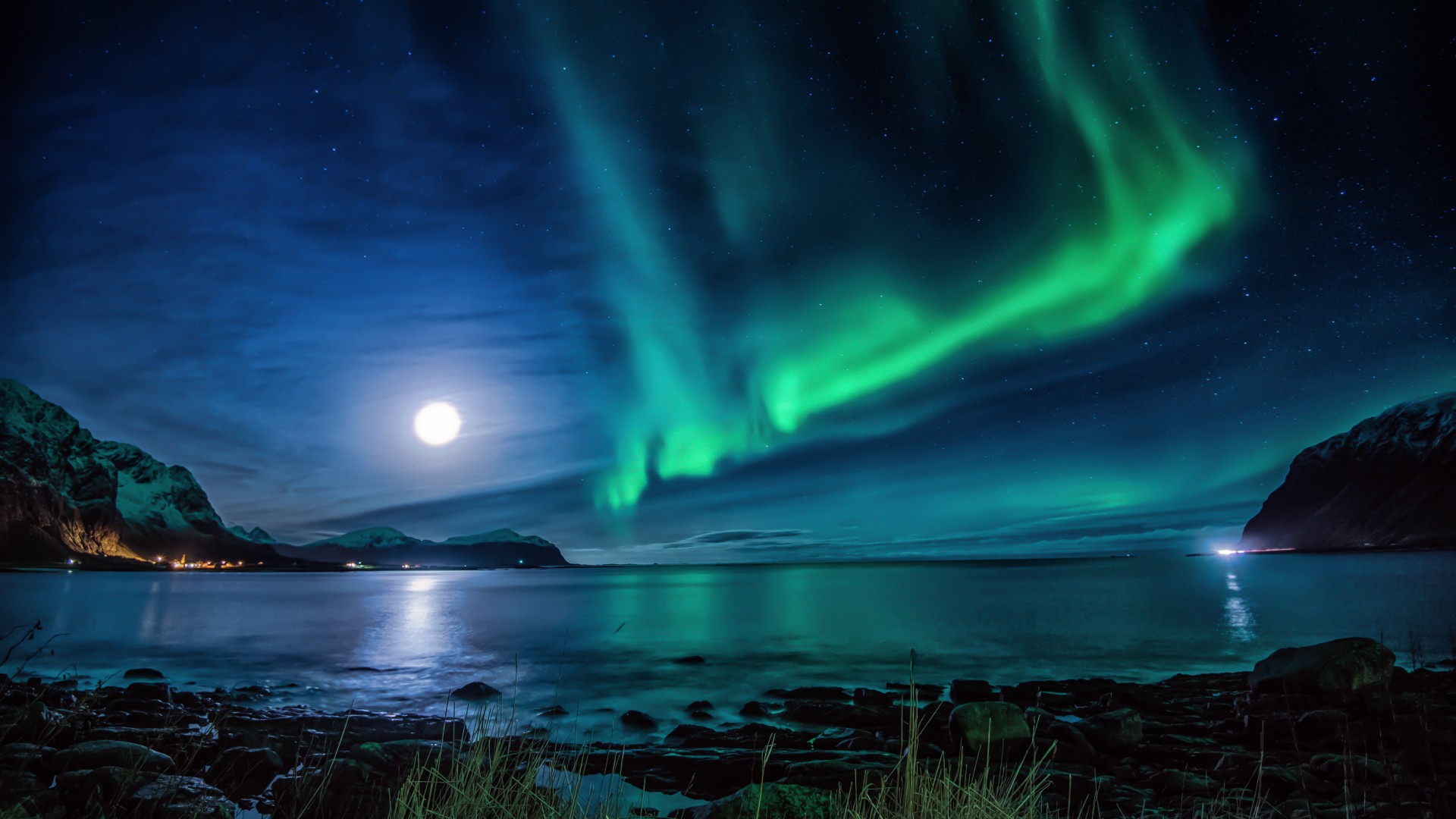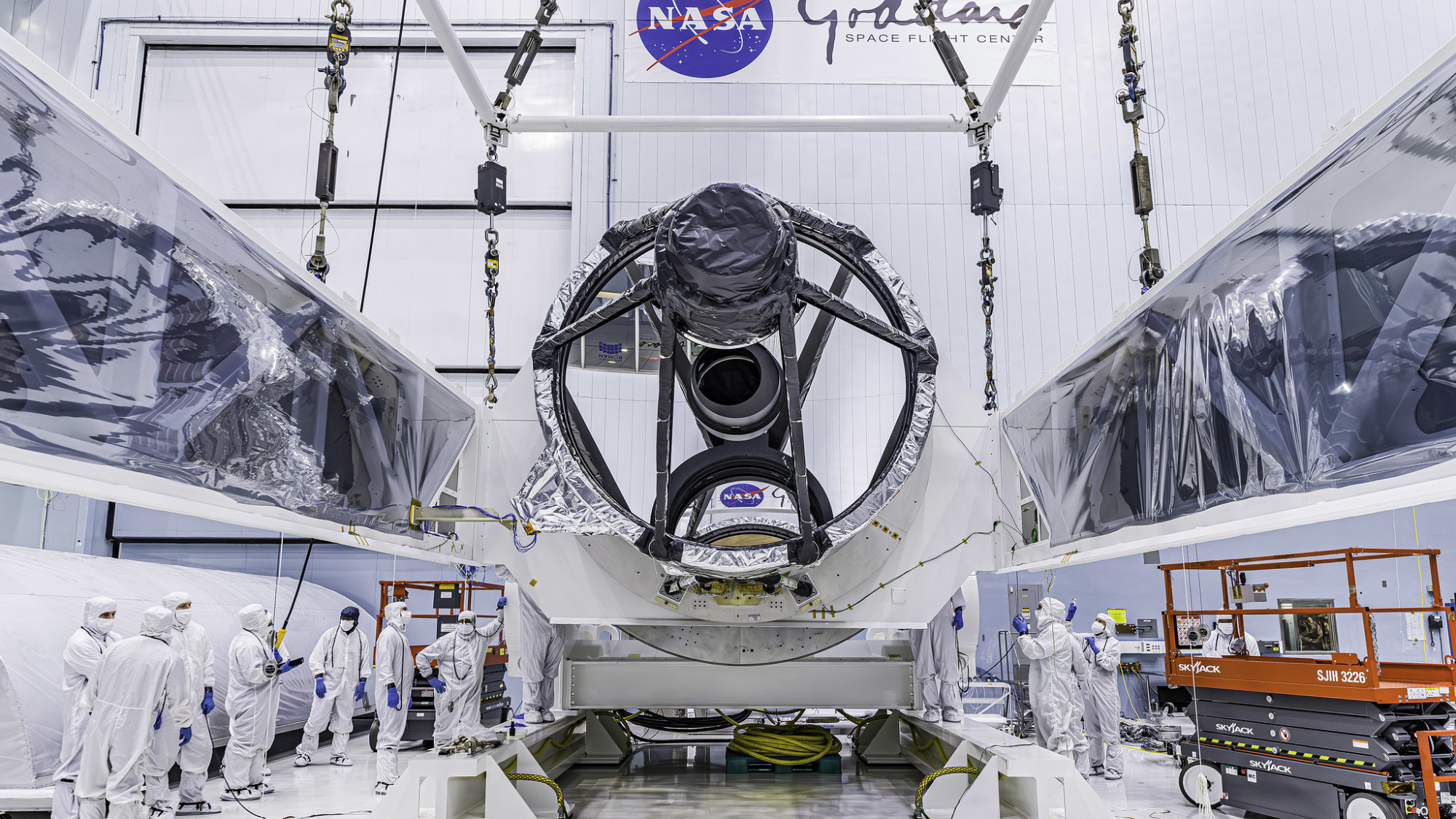Scientists spice up old Hubble Telescope image to shine light on spectacular star cluster
"This view includes new data and is the first to combine Hubble observations made at infrared, optical and ultraviolet wavelengths."
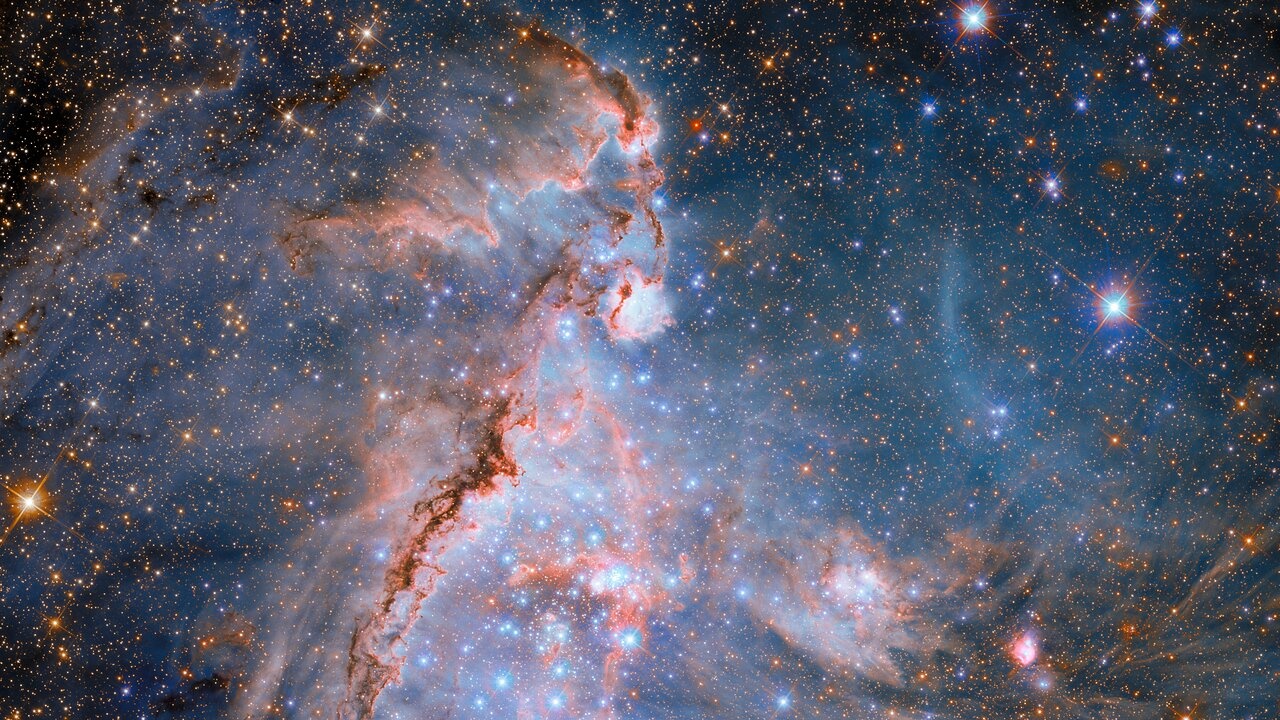
NASA and the European Space Agency (ESA) just released a stunning image of the NGC 346 star cluster from the Hubble Space Telescope — but it isn't quite "new."
Rather, it's an old photo from the Hubble Space Telescope's archives that has been augmented with additional data and processing techniques as a part of a new image series that celebrates Hubble's 35th anniversary.
"This view includes new data and is the first to combine Hubble observations made at infrared, optical and ultraviolet wavelengths into an intricately detailed view of this vibrant star-forming factory," ESA wrote in a statement.
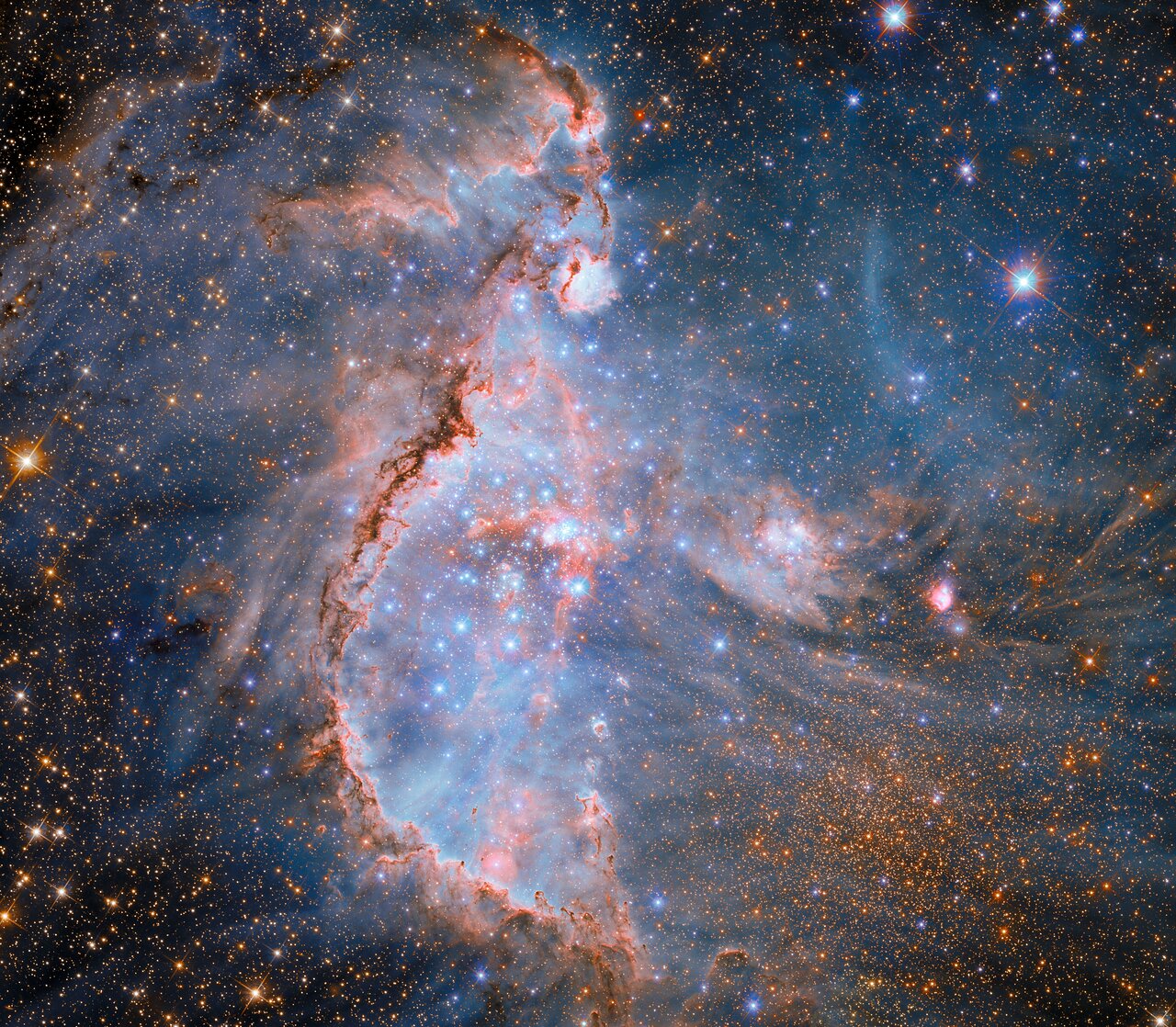
NGC 346 is home to a cluster of more than 2,500 young stars. The star cluster is located in the Small Magellanic Cloud, a satellite galaxy of our own Milky Way galaxy that sits about 199,000 light-years from Earth. Last year, researchers made a startling discovery concerning the satellite galaxy: Long thought to be a single galaxy outside of our own, the Small Magellanic Cloud may in fact be two galaxies, with one hiding behind the other.
The largest stars in the NGC 346 cluster, which are many times the size of our sun, show up as bright blue blazes of light in the new image. The glowing pink expanse around the cluster is the remnant of the stars' birth site. Researchers used two sets of observations on the star cluster, which were taken 11 years apart, to trace the motions of the stars in NGC 346. This method revealed that the stars are spiraling inward towards the cluster's center.
"Hubble's exquisite sensitivity and resolution were instrumental in uncovering the secrets of NGC 346's star formation," ESA said in the statement.
With its origins tracing back to the 1970s, the Hubble Space Telescope was launched aboard the space shuttle Discovery on April 24, 1990. The space telescope is in a low Earth orbit, about 340 miles (545 kilometers) above Earth.
Get the Space.com Newsletter
Breaking space news, the latest updates on rocket launches, skywatching events and more!
Join our Space Forums to keep talking space on the latest missions, night sky and more! And if you have a news tip, correction or comment, let us know at: community@space.com.
Julian Dossett is a freelance writer living in Santa Fe, New Mexico. He primarily covers the rocket industry and space exploration and, in addition to science writing, contributes travel stories to New Mexico Magazine. In 2022 and 2024, his travel writing earned IRMA Awards. Previously, he worked as a staff writer at CNET. He graduated from Texas State University in San Marcos in 2011 with a B.A. in philosophy. He owns a large collection of sci-fi pulp magazines from the 1960s.

